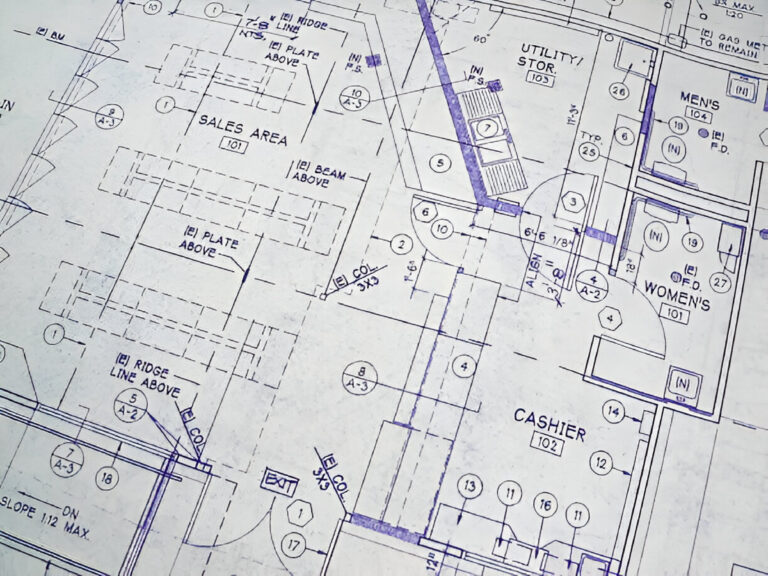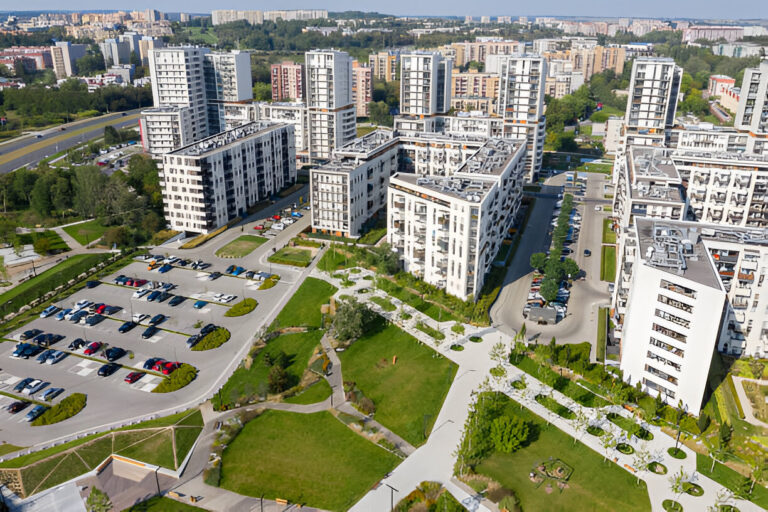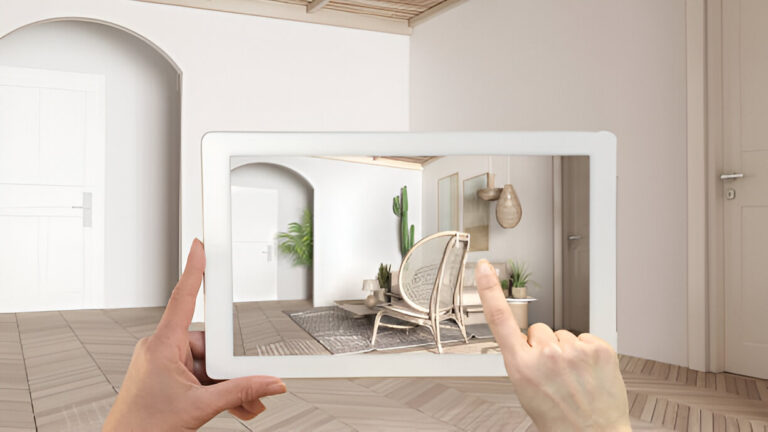Introduction
The real estate industry has undergone a remarkable transformation with the integration of technology into property buying and selling. Among the most impactful advancements is the rise of 360 virtual tours, which allow potential buyers to explore properties from the comfort of their own homes. These virtual tours not only provide a more immersive experience than traditional listings but are also shaping the future of how real estate is marketed and sold.
What are 360 Interactive Virtual Tours?

A 360 interactive virtual tour is a digital simulation that lets users experience a space as if they were physically present. Using high-definition panoramic photography and advanced software, virtual tours enable users to navigate through a property, offering a complete view from every angle. This technology has become a game-changer in real estate, providing a highly engaging and detailed way for buyers to explore homes and commercial spaces remotely.
Unlike traditional photography or video, virtual house tours allow potential buyers to control their experience by “walking” through the property at their own pace. They can zoom in on details, get a sense of the layout, and even see how different rooms are connected, offering an experience much closer to an actual physical visit.
How 360 Virtual Tours Work
Creating a 360 virtual tour requires specialized equipment, such as 360-degree cameras, and software that stitches together panoramic images to form a seamless experience. These images are then embedded into a virtual platform, enabling potential buyers to explore the property interactively.
Additionally, many real estate agents and developers integrate 3D house tours into their property listings, allowing for even more advanced features like interactive floor plans and 3D walkthroughs. This integration not only enhances the visual experience but also provides valuable insights into the property’s dimensions and layout.
Read 5 Ways Architectural 3D Walkthroughs Benefit Home Builders & Designers for more information.
The Benefits of 360 Interactive Virtual Tours for Real Estate

The benefits of 360 interactive virtual tours for real estate professionals and buyers alike are immense:
1. Enhanced Property Listings
A standard property listing with photographs may struggle to capture the full essence of a space, but a virtual house tour allows potential buyers to explore every nook and cranny. They can experience the flow of the home, understand the layout, and see the finer details that pictures might miss.
2. Increased Engagement and Sales Conversions
Properties with virtual tours have been shown to generate more interest, higher engagement rates, and faster sales. Prospective buyers can spend more time exploring the property at their convenience, leading to more qualified leads and fewer in-person showings.
3. Remote Viewing and Global Reach
Virtual tours eliminate the need for physical presence, enabling potential buyers from around the world to tour properties remotely. This global reach has proven particularly valuable for international investors or out-of-town buyers who may not be able to visit the property in person.
4. Time and Cost Efficiency
For both agents and buyers, 360 interactive virtual tours save time and money. Agents can schedule fewer in-person visits while still offering a detailed property experience. Buyers can narrow down their options by “visiting” multiple properties online before committing to an in-person showing.
Virtual Tours vs. Traditional Real Estate Marketing

When compared to traditional real estate marketing strategies, 360 virtual tours offer a more dynamic, immersive, and informative experience. While photographs and videos still play an essential role in listings, 3D house tours provide a level of interactivity that static images cannot. This added depth leads to better-informed buyers and ultimately speeds up the decision-making process.
Additionally, virtual house tours give buyers the freedom to explore properties whenever they choose, without the pressure of a scheduled appointment. This freedom leads to a more relaxed, in-depth viewing experience, allowing buyers to focus on what’s most important to them.
Interactive Features That Elevate Virtual Tours
Modern 360 virtual tours offer much more than simple panoramic images. Innovative features like interactive floor plans, hotspots for additional information, and 3D house tours with customizable options are transforming how buyers engage with real estate listings.
- Interactive Floor Plans: Buyers can switch between different floors, gaining a better understanding of the property’s layout.
- Hotspots: Users can click on points within the tour to learn more about specific details like room sizes, materials, or additional features.
- Virtual Staging: This feature allows buyers to see how the property would look when furnished, further helping them visualise its potential.
Challenges and Limitations

Despite the many benefits, there are still challenges associated with 360 virtual tours. Some clients may find the technology difficult to navigate, while others may be hesitant to rely solely on virtual experiences without an in-person visit. Additionally, creating high-quality virtual tours can be costly and time-consuming for agents and developers.
The Future of Real Estate with 360 Interactive Virtual Tours
As technology continues to advance, the potential of 360 interactive virtual tours is limitless. Augmented reality (AR) and virtual reality (VR) are poised to take the virtual home-buying experience to the next level, offering fully immersive tours that replicate the feeling of physically being in the space. Moreover, the integration of AI could allow for personalised virtual tours tailored to individual buyers’ preferences.
The emergence of 5G technology will further enhance the viewing experience, making virtual house tours more responsive, with faster load times and smoother transitions.
Conclusion
360 interactive virtual tours are rapidly becoming the future of real estate marketing. They offer an engaging, efficient, and highly informative way for buyers to explore properties, breaking down geographic barriers and saving both time and money. As technology continues to evolve, we can expect virtual tours to play an even more significant role in shaping the future of real estate.
Whether you’re a buyer looking to experience properties remotely or a real estate professional aiming to stay ahead of the curve, embracing virtual tours is essential for success in today’s competitive market.
Frequently Asked Questions
1. What is a 360 interactive virtual tour in real estate?
A 360 interactive virtual tour allows buyers to explore a property online through panoramic images, giving them a fully immersive experience as if they were physically present.
2. How does a virtual tour differ from traditional property listings?
Unlike static photos or videos, virtual tours let users interact with the space, walk through rooms, and view properties from every angle at their own pace.
3. What are the benefits of 360 virtual tours for buyers?
Virtual tours offer convenience, allowing buyers to explore properties remotely, save time, and make more informed decisions without needing a physical visit.
4. Can virtual house tours replace in-person visits?
While virtual tours provide a detailed view, some buyers may still prefer an in-person visit for a final decision. However, virtual tours can help narrow down options.
5. What technology is required for a 360 virtual tour?
Creating a 360 virtual tour requires 360-degree cameras and specialised software to stitch images together and create a seamless viewing experience.
6. Are virtual tours suitable for all types of properties?
Yes, virtual tours can be used for residential, commercial, and luxury real estate, making it a versatile tool for showcasing various types of properties.
7. What’s the future of virtual tours in real estate?
The future includes advancements like augmented reality (AR), virtual reality (VR), and AI integration, making virtual tours even more immersive and personalised.
















